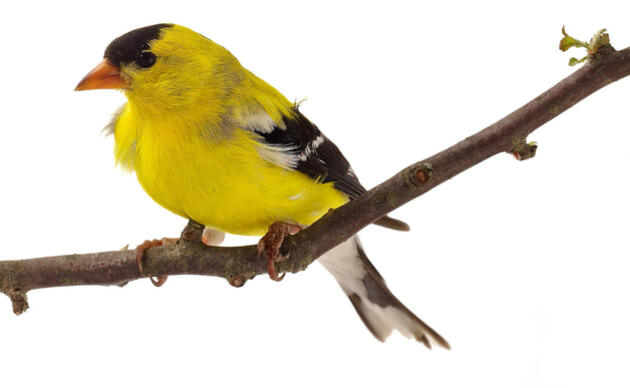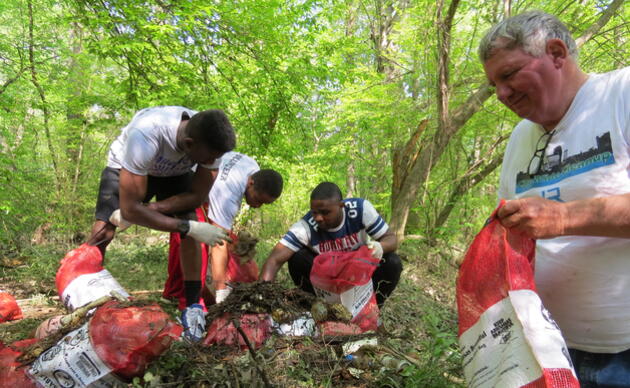By Garrett Ohlmeyer. Originally posted on houmatoday.com.
While parts of Louisiana escaped Tropical Storm Cindy unscathed, some of the small birds and bird eggs near the coast may have not been so lucky.
Two coastal birds, the least tern and Wilson’s plover, lay eggs right around the high tide line in coastal Louisiana, said Erik Johnson, director of bird conservation with Audubon Louisiana. The storm came near the end of the birds’ breeding season.
“When you have storms like this, it basically eliminates all the work we’ve done over the course of the summer,” Johnson said. “Because these birds live so close to the high-tide line, they don’t get storms like this every year. But in the years that they do, it can almost be completely devastating.”
Hurricane Cindy alone wouldn’t have been so devastating to the two species, but there were strong southernly winds from April 30 to May 1, causing the water level to rise several feet, Johnson said.
Both species breed roughly from mid-late April to mid or late July. So when the first storm occurred, most, if not all, of the nests were washed away, he said.
“But they’re resilient, they will try again, right?” Johnson said. “So once the water recedes, they will try to renest, and they did.”
It takes the birds’ eggs about four weeks to hatch and about four weeks for the chicks to learn how to fly. During those times, high water levels are devastating to the species.
For those nests, Tropical Storm Cindy was that devastating storm.
“So Tropical Storm Cindy was basically a repeat of what we saw in late April, and again, it probably wipes out most if not all of the nests, and the flightless chicks really don’t have anywhere to go.”
The storm came right when the eggs were about to hatch or just hatched, Johnson said, and it’s unlikely the birds will renest again this season.
“These birds really just experienced a one-two punch this summer between these two storm events at pretty much the worst possible times they could’ve happened,” he said.
The birds and their nests are monitored through a coastal stewardship program with Audubon Louisiana partners and the American Bird Conservancy. Over the summer, the group has two scientists based in Grand Isle and one in Cameron Parish to monitor the birds.
Johnson said the organization is always looking for volunteers to help monitor the birds and rebuild from the storms. Information about volunteering or the coastal stewardship program can be found at http://la.audubon.org/ or by emailing Johnson at ejohnson@audubon.org.





